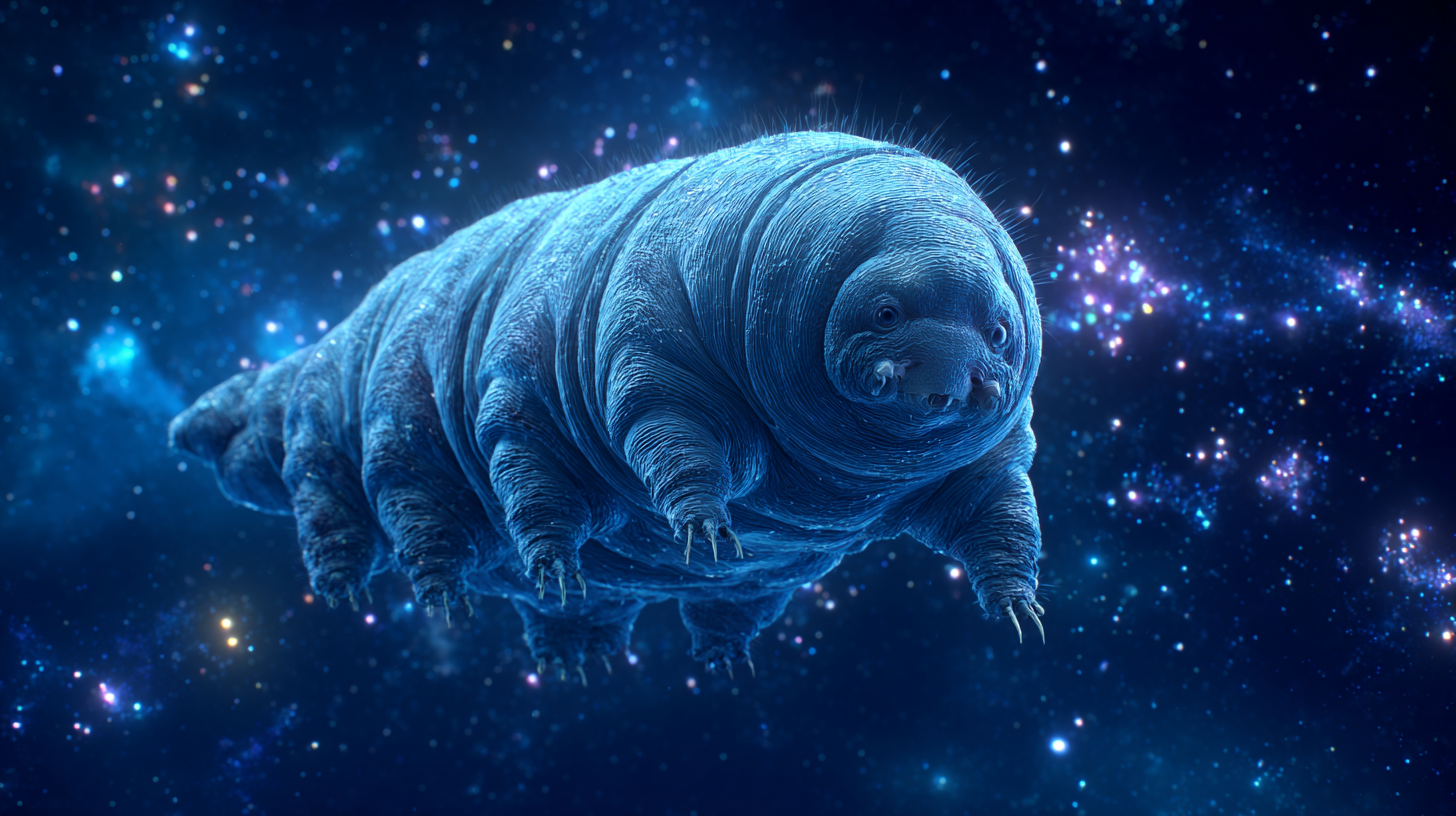[ad_1]
The Unbelievable Truths: 10 Mind-Blowing Facts That Will Leave You Speechless
Have you ever come across a fact that completely blew your mind? Something so unbelievable that you had a hard time wrapping your head around it? Well, get ready to be amazed because we have compiled a list of 10 incredible facts that will leave you speechless. From the natural world to human achievements, these mind-blowing truths will challenge everything you thought you knew.
1. The Great Wall of China is not visible from space
Contrary to popular belief, the Great Wall of China is not actually visible from space with the naked eye. While it is an impressive architectural feat that stretches over 13,000 miles, the wall is not wide enough to be seen from such a distance. This myth has been debunked by astronauts who have confirmed that it is nearly impossible to see the Great Wall from space without the aid of magnification.
2. There are more stars in the universe than grains of sand on Earth
It is estimated that there are more stars in the universe than grains of sand on Earth. This mind-blowing fact puts into perspective just how vast and incomprehensible the universe truly is. With billions of galaxies each containing billions of stars, the sheer size of the cosmos is beyond human comprehension.
3. Honey never spoils
Did you know that honey never spoils? Archaeologists have discovered pots of honey in ancient Egyptian tombs that are over 3,000 years old and still perfectly edible. The high sugar content and low water content of honey create an environment that is inhospitable to bacteria and microorganisms, preserving it indefinitely.
4. The longest living creature on Earth is a species of jellyfish
The Turritopsis dohrnii, also known as the “immortal jellyfish,” is a species of jellyfish that is capable of reverting its cells back to their juvenile state, effectively restarting its life cycle. This incredible ability allows the jellyfish to theoretically live forever, making it the longest living creature on Earth.
5. Mount Everest is not the tallest mountain on Earth
While Mount Everest may be the highest mountain above sea level, it is not actually the tallest mountain on Earth. Mauna Kea, a dormant volcano in Hawaii, is the tallest mountain when measured from base to summit. The majority of Mauna Kea’s height is submerged beneath the ocean, making it taller than Mount Everest by this measurement.
6. There is a species of shark that can live for over 500 years
The Greenland shark, also known as the “sleeper shark,” is a species of shark that can live for over 500 years. These slow-growing creatures have been found to have lifespans that far exceed those of other marine animals, making them one of the longest living vertebrates on Earth.
7. The Earth is struck by lightning over 8 million times a day
Lightning is a common occurrence on Earth, with the planet being struck over 8 million times a day on average. This impressive display of nature’s power serves as a reminder of the planet’s dynamic and ever-changing atmosphere.
8. There are more possible iterations of a game of chess than atoms in the observable universe
The game of chess is incredibly complex, with more possible iterations of a game than there are atoms in the observable universe. This mind-boggling fact illustrates the vast number of unique possibilities that can arise from a game that is seemingly simple in its rules and structure.
9. The world’s largest desert is not the Sahara
While the Sahara Desert may be the most well-known desert in the world, it is not actually the largest. The Antarctic Desert, which encompasses the continent of Antarctica, is the largest desert on Earth by area. Despite its icy climate, Antarctica meets the criteria for being a desert due to its low precipitation levels.
10. There are more trees on Earth than stars in the Milky Way galaxy
It is estimated that there are more trees on Earth than there are stars in the Milky Way galaxy. With over 3 trillion trees on the planet, the sheer abundance of forests and vegetation is a testament to the diversity and resilience of life on Earth.
[ad_2]









